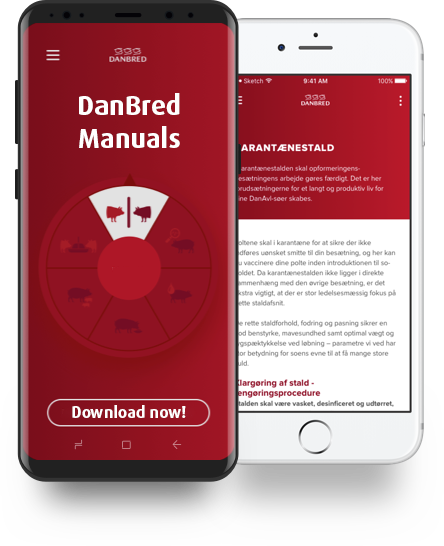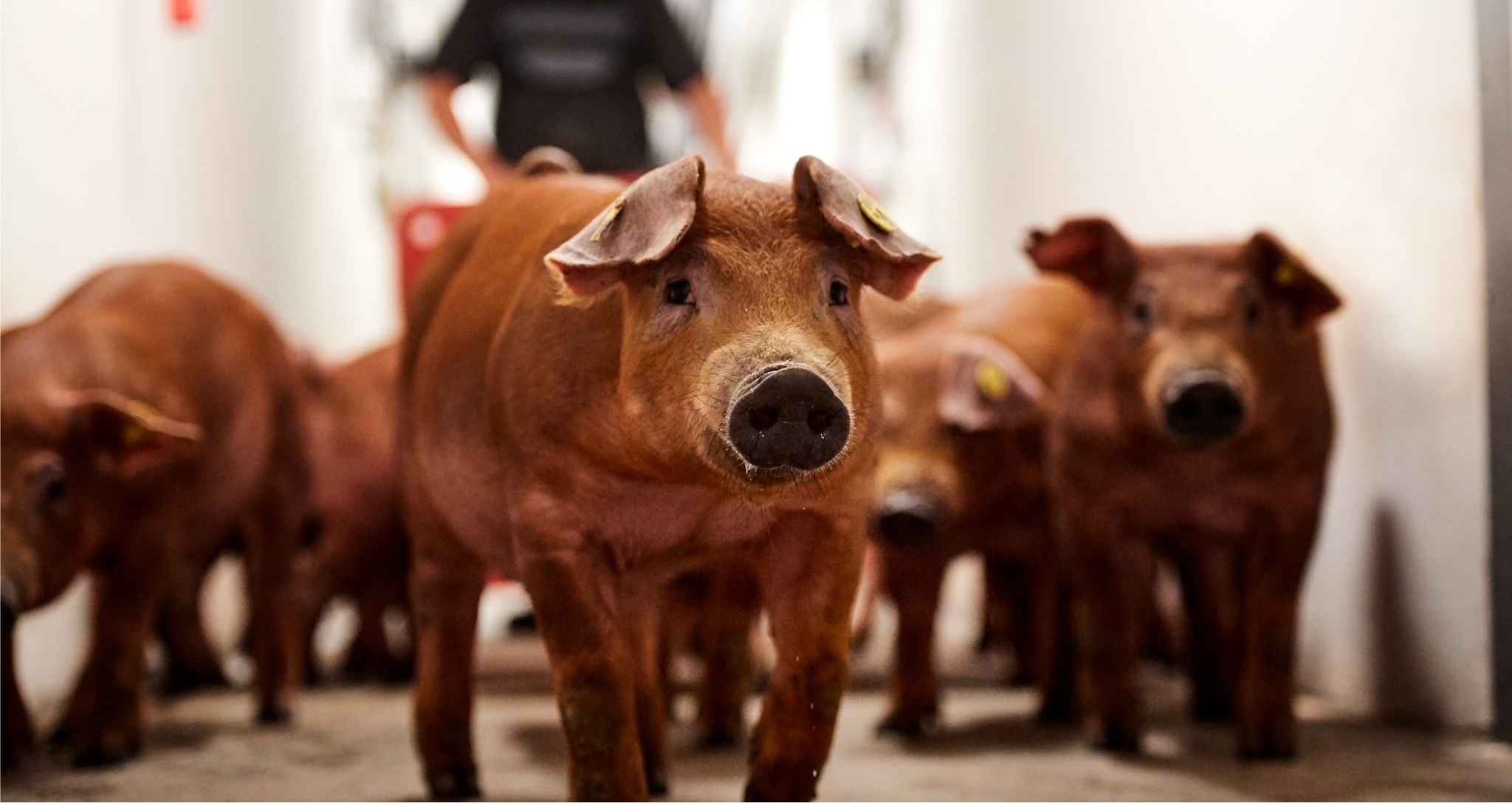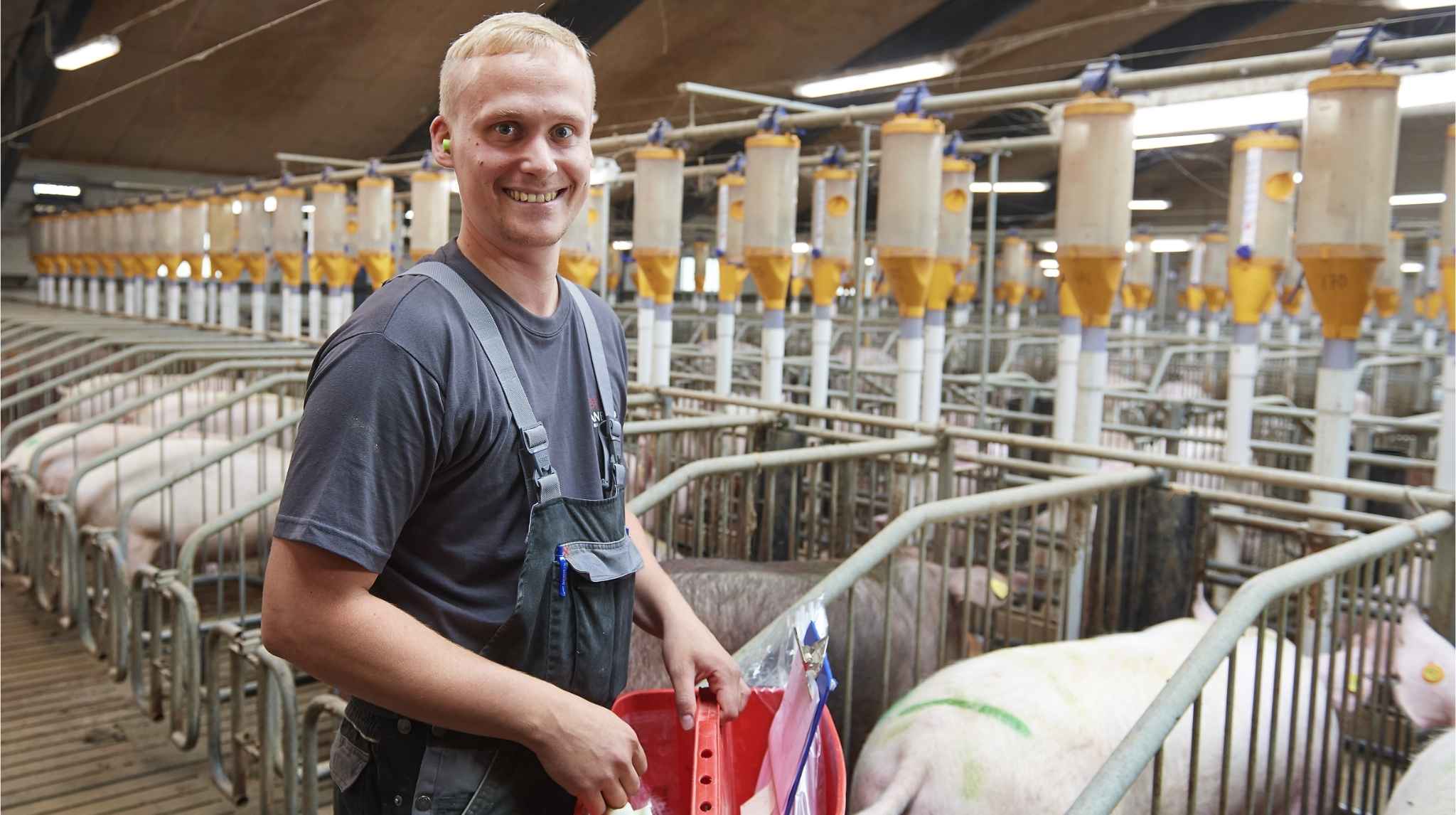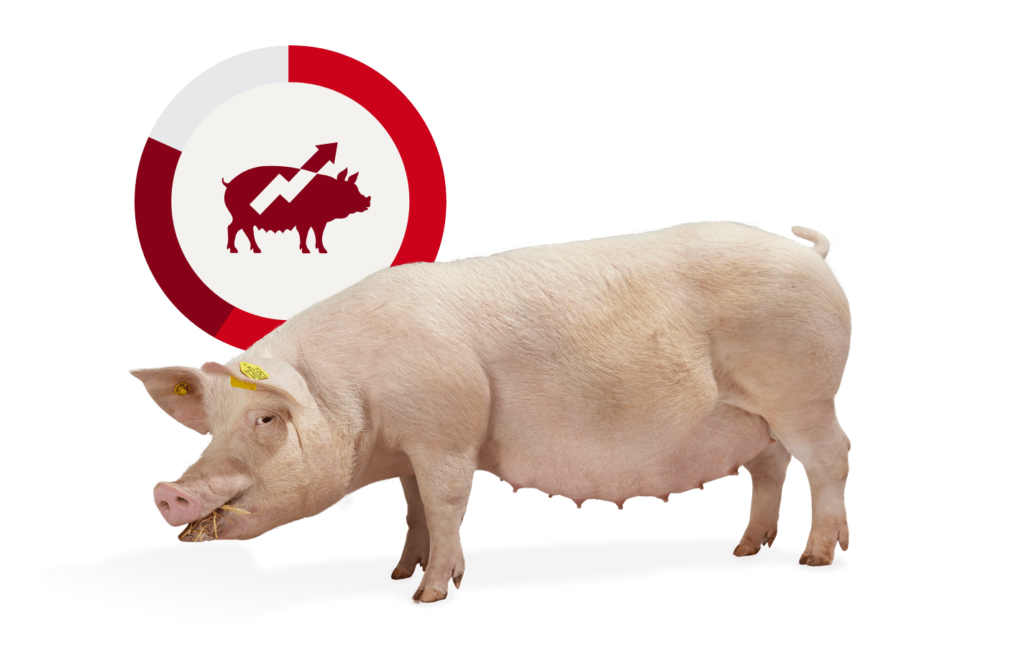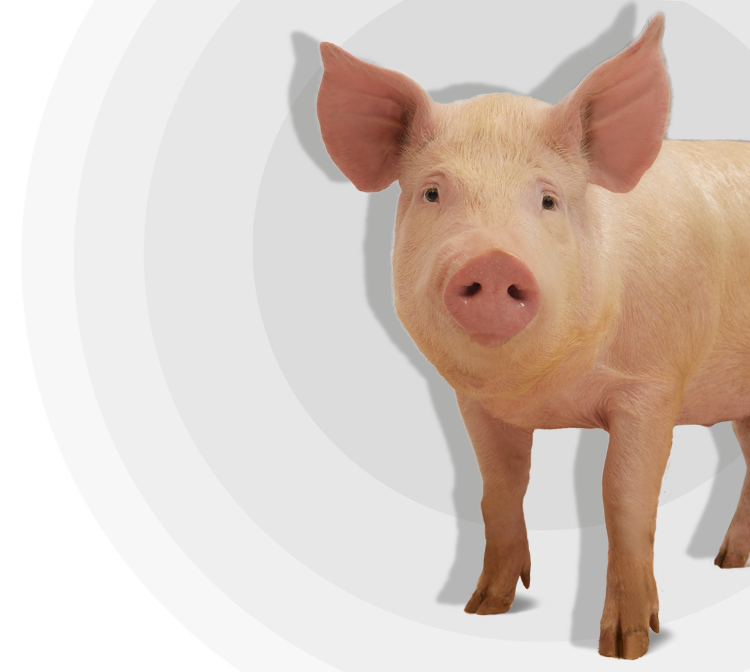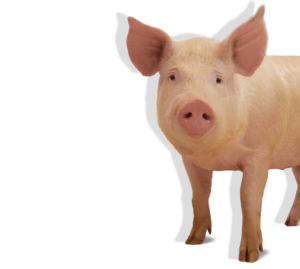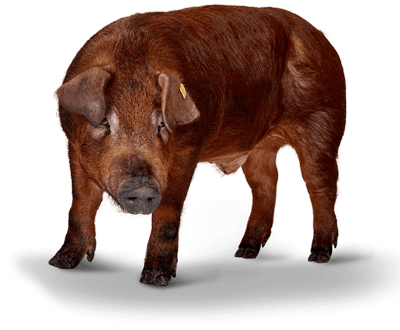Written by Clara Nyegaard-Signori, SEGES, Livestock Innovation
Abstract
Arising from an increasing consumer interest, ‘Raised without antibiotics’ (RWA) is a production concept developed in the Danish pig production. The Danish authorities have monitored the use of antibiotics in the livestock production for decades and passed legislations to further a lower usage. As a result, Denmark has an admirably high level of food quality and safety and is among the countries with the lowest antibiotic usage in livestock production in the world. But how does RWA affect the pig producers in practice?
Raised without antibiotics (RWA)
RWA arose from an increasing demand for meat produced without the use of antibiotics, especially from countries outside of Denmark. The demand stems from concerns about the use of antibiotics and the antimicrobial resistance that might follow [1]. The risk of antimicrobial resistance is also why it is illegal to use antibiotics used for human consumption in livestock production in Denmark. The amount of antibiotics used in Danish pig production is already low, which is partly attributed to the specialised herd structures and the cooperative structure, where abattoirs, pig breeding companies and feed producing companies are owned by the farmers.
Today, RWA is a well-established niche production concept in Danish pig production. In fact, in 2018, a large, Danish retail group, Salling Group, started selling pork products from RWA-productions in one of their biggest supermarket chains, Netto [2]. The production concept is now also found in other countries.
Danish Crown on RWA
Danish Crown was the first food manufacturer to identify a market for RWA when it started the first pig farms with RWA in 2015. Danish Crown is one of the largest exporters of pork in the world, and one of Europe’s largest producers of pork. Together with SEGES, the company has compiled valuable knowledge on how to run RWA-farms with success [4].
Danish Crown describes RWA as an opportunity for the farmers to place their primary focus on managing the pigs and getting them to thrive without the use of antibiotics. Furthermore, it is emphasised that the farmer needs to keep an extra eye on these pigs and their well-being.
How to manage pig production without using antibiotics
In 2015, SEGES and Danish Crown started compiling experiences and knowledge on how to manage pig production without using antibiotics. Over a two-year period, data was collected from two different farms: one consisting of a sow site and three finisher sites of around 500 year sows as well as 15,300 finisher pigs per year (SoA), and one consisting of a sow site and a finisher site of around 725 year sows and 20,500 finisher pigs per year (SoB). Piglets that were assigned to the RWA-production were ear tagged, and if they ever received antibiotic treatment, the ear tag was removed [4].
By the end of the experiment, 32 % of the piglets produced at SoA and 17 % of the piglets produced at SoB were slaughtered as RWA. On both farms, the most important interventions included: a high level of hygiene in the pens and when handling the pigs, all-in all-out management, use of vaccines, feed adjustments (particularly for the weaned pigs), assessment of the individual pig, training of staff and making sure a back-up is always available, the use of anti-inflammatory drugs instead of antibiotics in certain situations, and an increased weaning age [4]. The biggest challenge in terms of antibiotics was the treatment of piglets with diarrhoea, and in general, both farms experienced that the majority of challenges arose in the farrowing pens accommodating sows and piglets.
Based on the experiences obtained in this study, it was concluded that it is possible to produce pigs without the use of antibiotics as part of the existing pig production. In that regard, it is important to maintain a high level of hygiene and good management routines. You should expect it to be a learning process – but a higher proportion of RWA will be achievable [4]. In 2020, an average of approximately 75 % of the finishers (slaughter pigs) were accepted as RWA in the individual herds. However, data reveals large variations between farms [5].
What RWA means for the production
Pigs raised without antibiotics generate an additional DKK 1.20 (approx. EUR 0.16) per kg for the pig producer [6]. On top of that, the consumer demand for meat produced without the use of antibiotics is growing fast, and it is important to keep up with this demand to remain relevant and competitive in the market. Furthermore, fighting antimicrobial resistance (AMR) is a priority for the European Commission [8].
Apart from the pigs being raised without the use of antibiotics, RWA-production has other requirements. The pigs must be fed with plant-based feed only, although milk is allowed [5]. Moreover, the RWA-pigs in Denmark are only raised at a few selected farms, and they must be slaughtered in Denmark [3]. RWA-farms will also require more labour due to changes in management routines. Additionally, more vaccines will be needed, which will require more labour dedicated to administering these vaccines. This, of course, depends on prevalence of disease in the herd.
The current status and future for RWA
In 2017, the Ministry of Environment and Food of Denmark allocated DKK 12.5 million to further research into this production type. The participants in the project are Danish Crown, the Technical University of Denmark, the University of Copenhagen, SEGES, and Statens Serum Institut (SSI). The project is scheduled to terminate in July 2022 [7].
As shown in figure 1, Denmark has one of the lowest antibiotic usages in livestock production in Europe. Therefore, the situation might differ from country to country depending on the level of antibiotic usage in livestock production.
Figure 1: Sale of antibiotics for livestock production, 2020
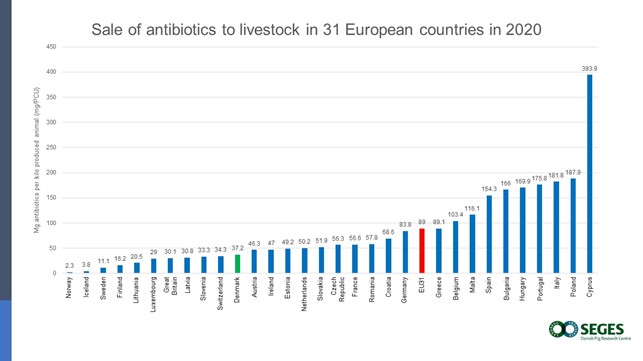
RWA is a niche production within the Danish pig production, and experiences from other types of niche production types show that it takes a long time to gain foothold in this market. On the one hand, the pig producers must be able to cover the extra costs associated with this type of production, and, on the other hand, there must be a consumer demand for these niche products and consumers must be willing to pay a higher price. RWA has gradually become a well-established niche production concept in Danish pig production. In 2019, 51 herds had been converted to RWA herds. In 2018, around 6,000 RWA pigs were slaughtered per week, and this had increased to 7,000-7,500 by the beginning of 2019 [1].
References
[1] DANMAP (2018): 4. Antimicrobial consumption in animals
[2] Netto (n.d): Uden antibiotika | Netto
[3] Danish Crown (n.d): Gris opdrættet uden antibiotika – Danish Crown
[4] Poul Bækbo (2017): Erfaringer med produktion af slagtesvin opdrættet uden brug af antibiotika (OUA). Erfaring 1714. SEGES.
[5] Poul Bækbo (2020): Raised Without Antibiotics (RWA) – the Danish pig experience. Nordcaw, Uppsala.
[6] Udesen, Finn (2018): Tillæg til smågriseprisen ved produktion af grise opdrættet uden antibiotika. SEGES.
[7] Miljøministeriet (n.d): Danmark skal opdrætte millioner af svin uden antibiotika (mst.dk)
[8] European Commission (2017): A European One Health Action Plan against Antimicrobial Resistance (AMR)


